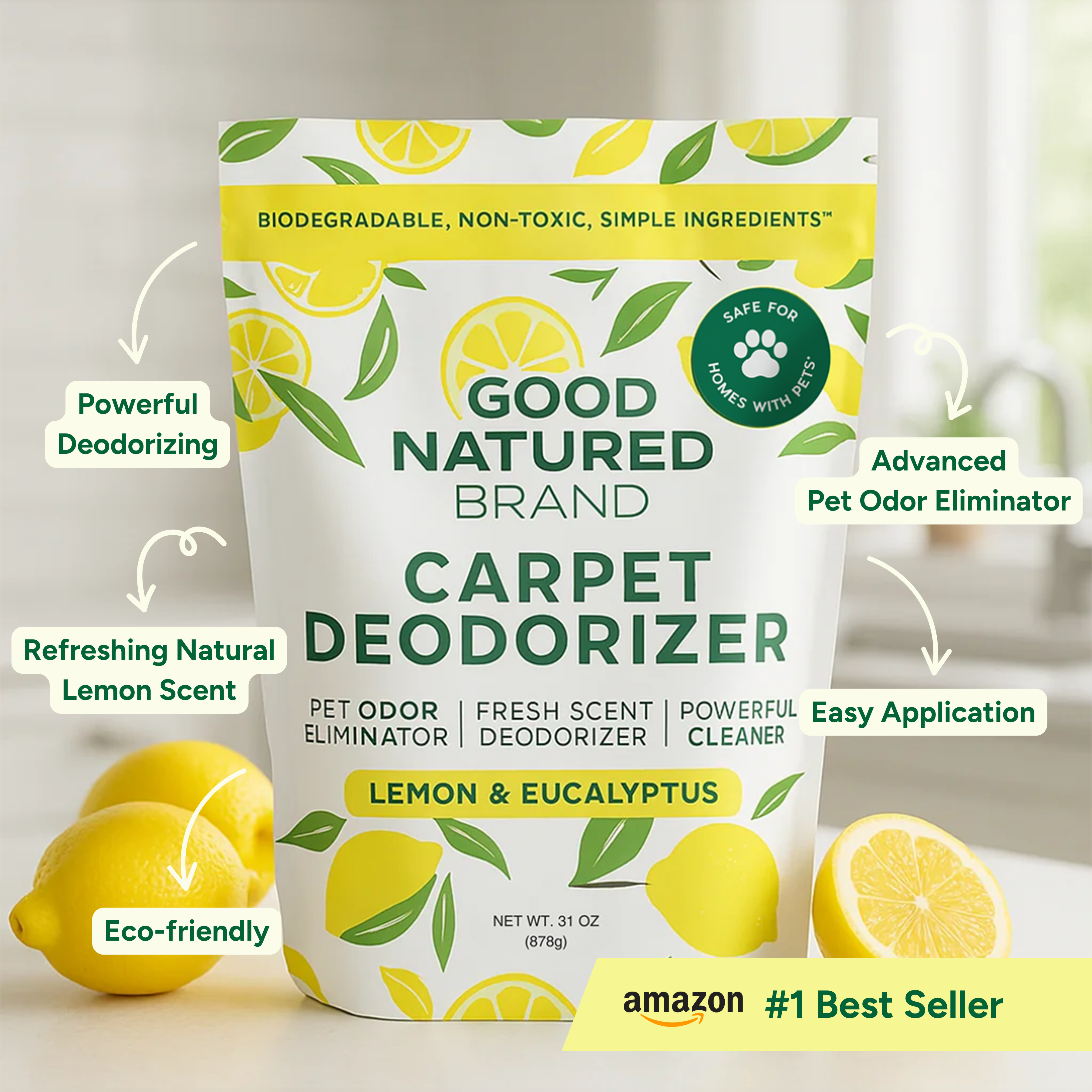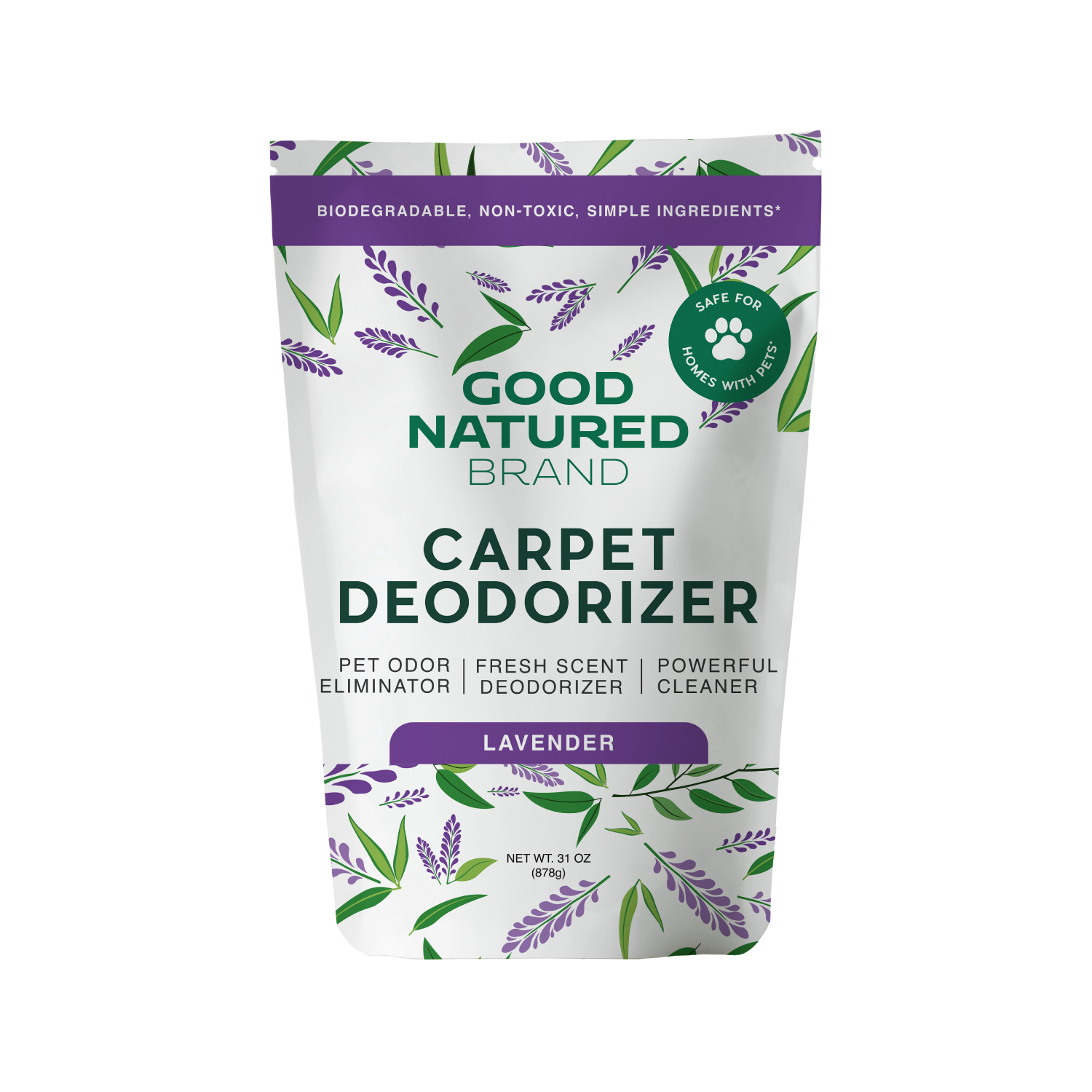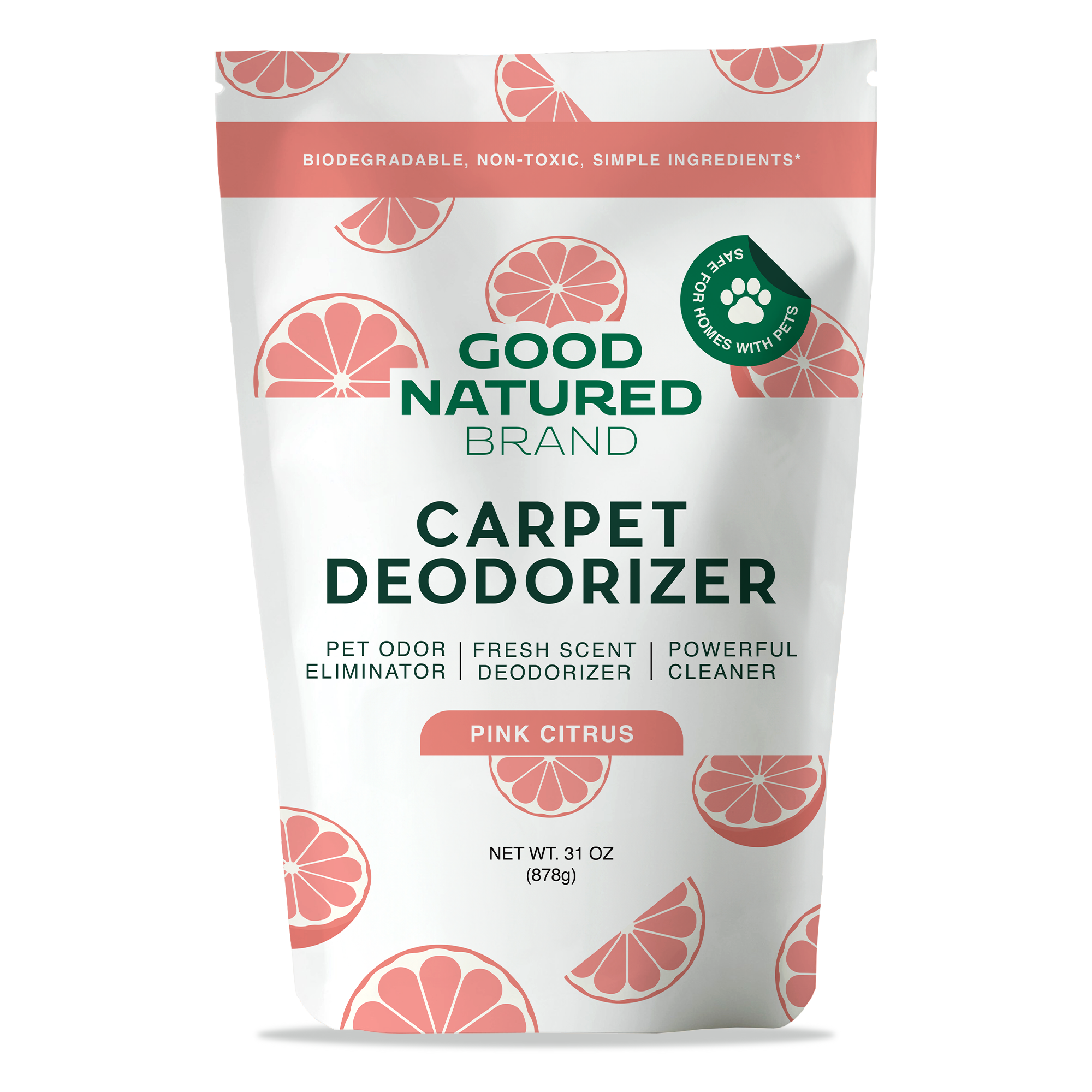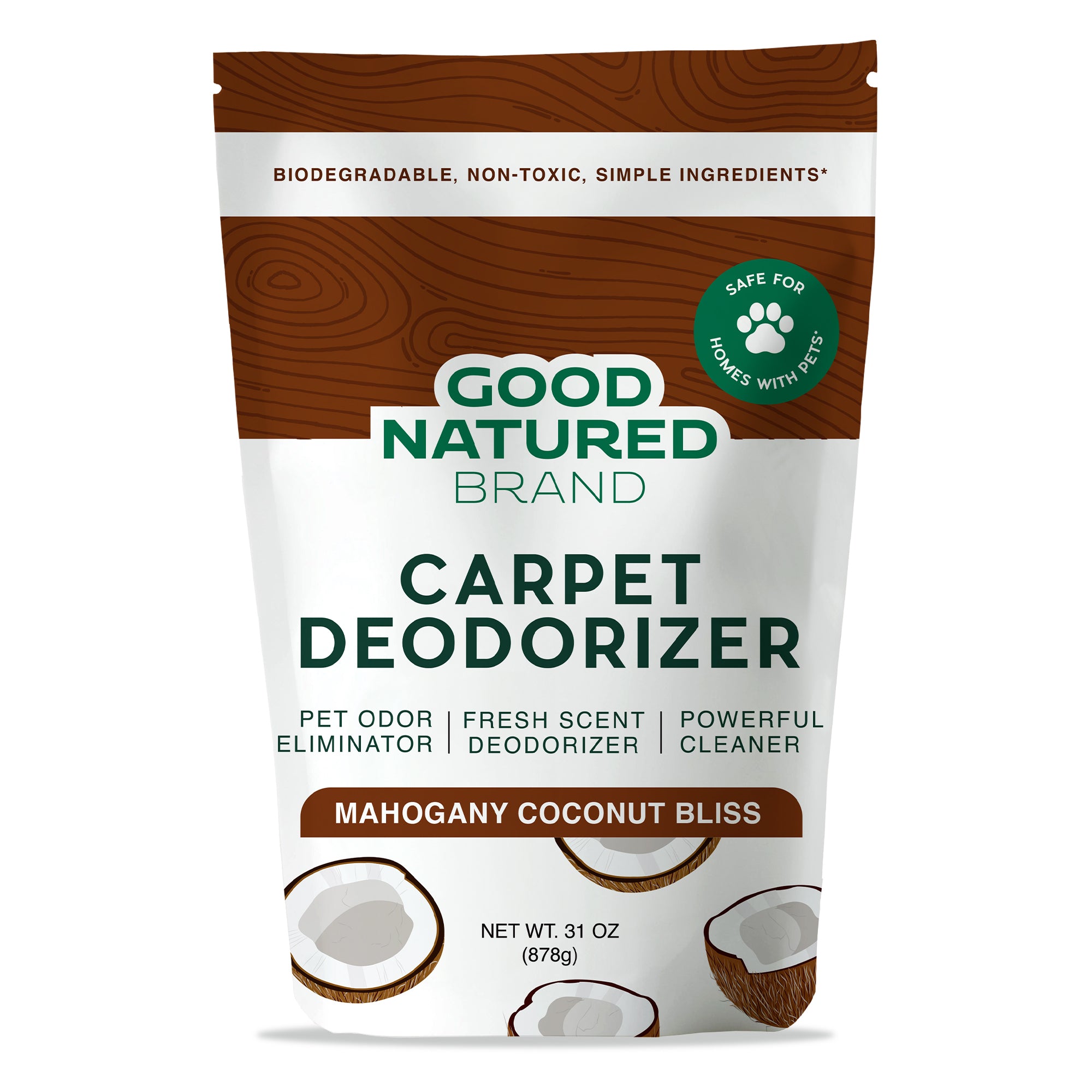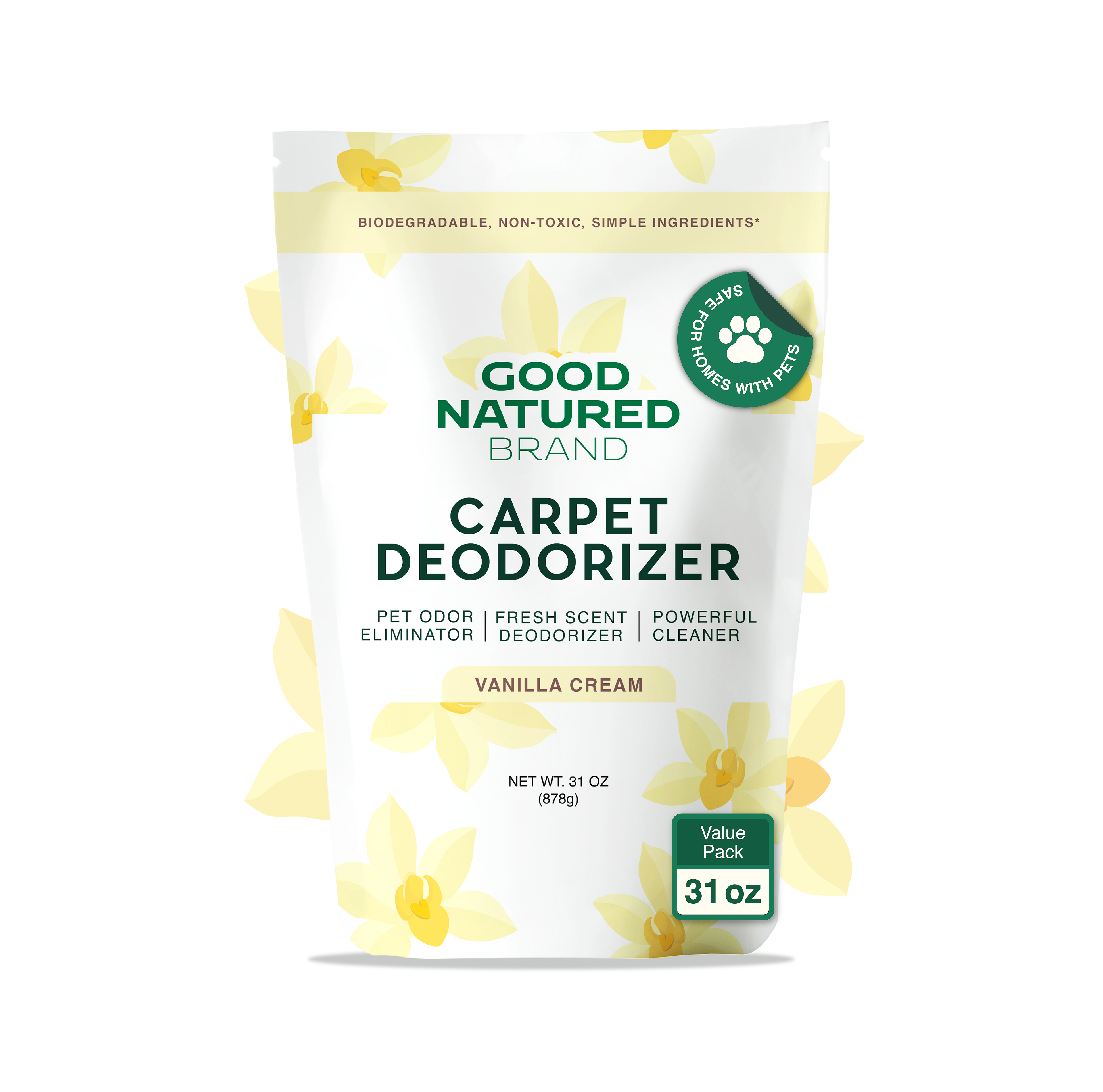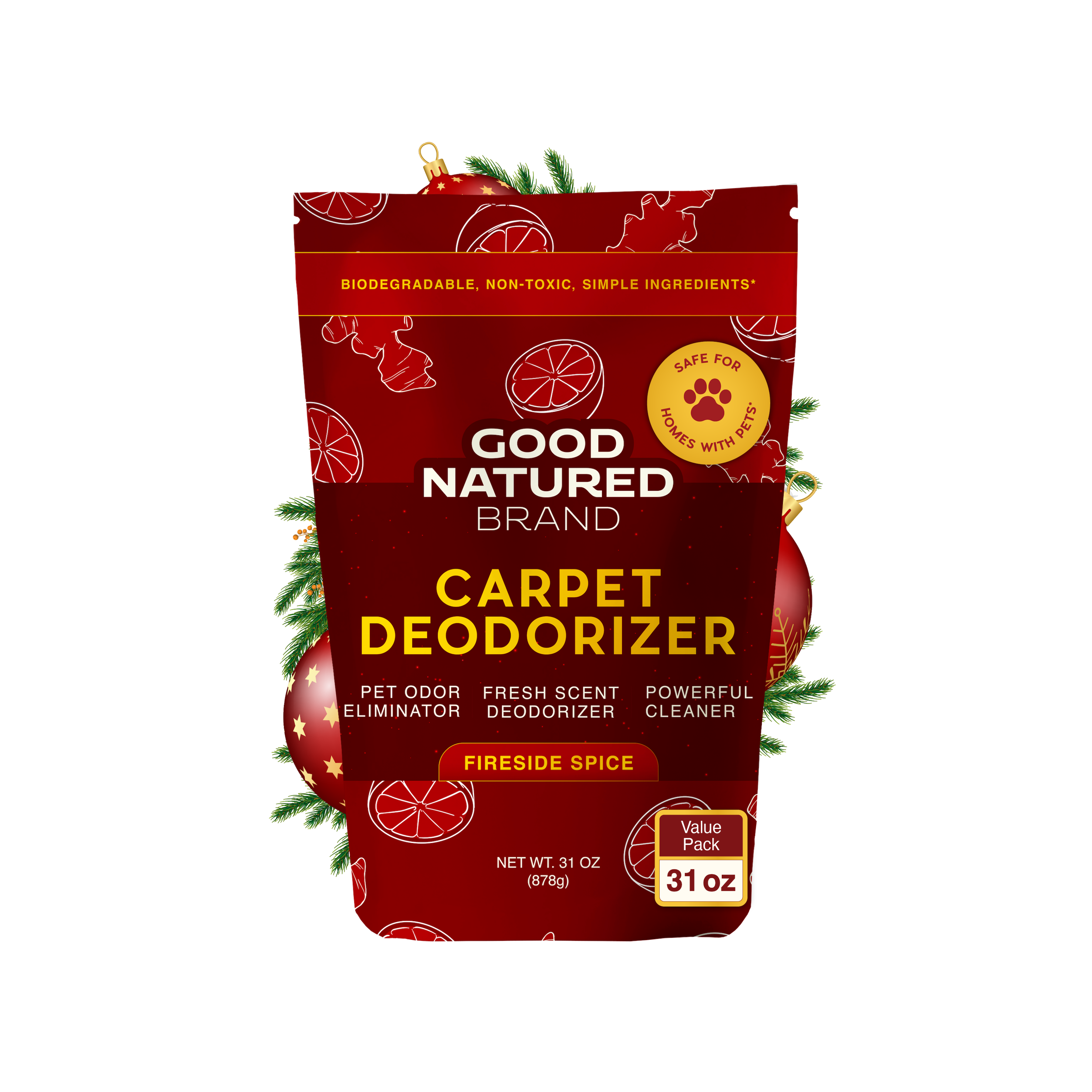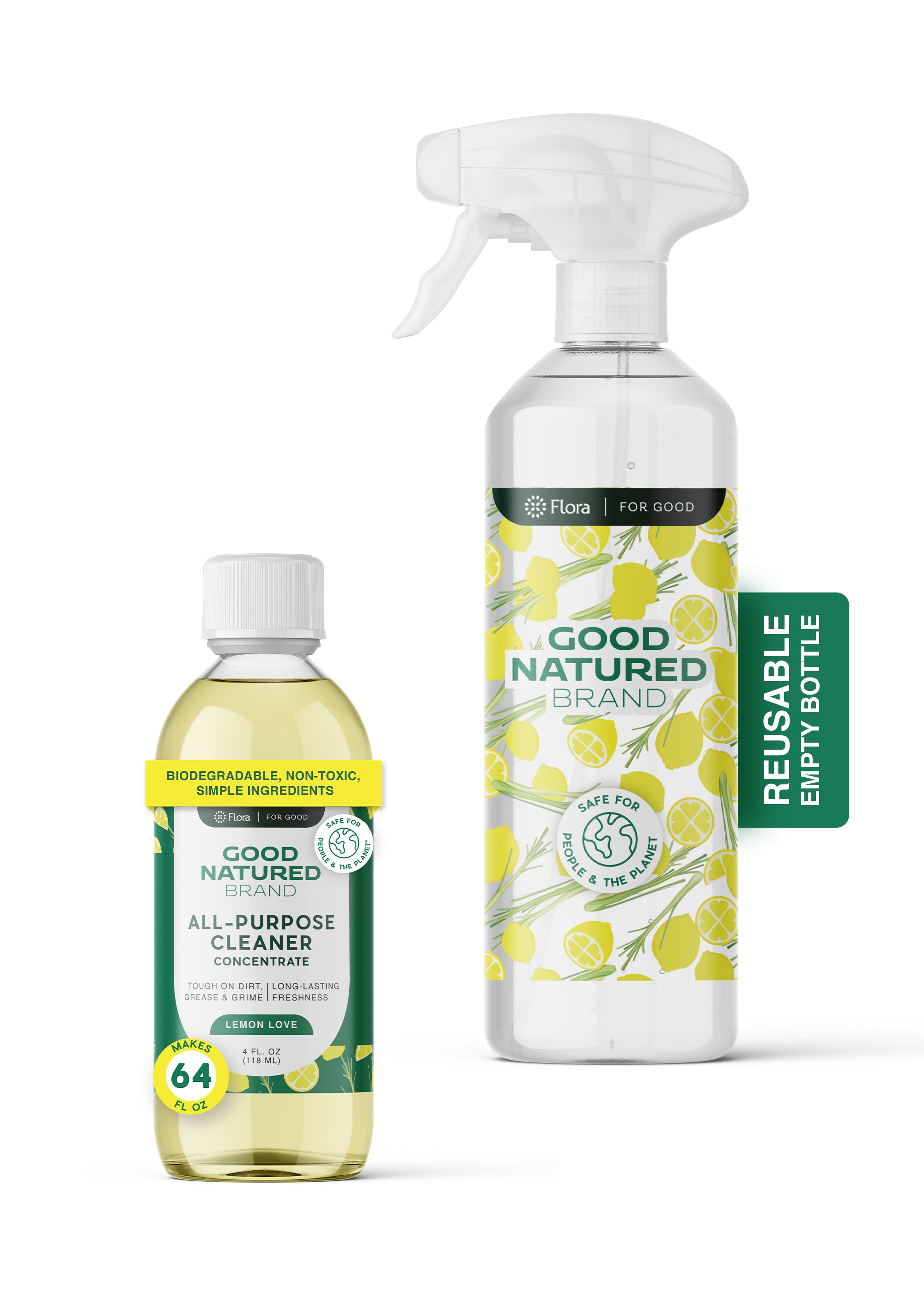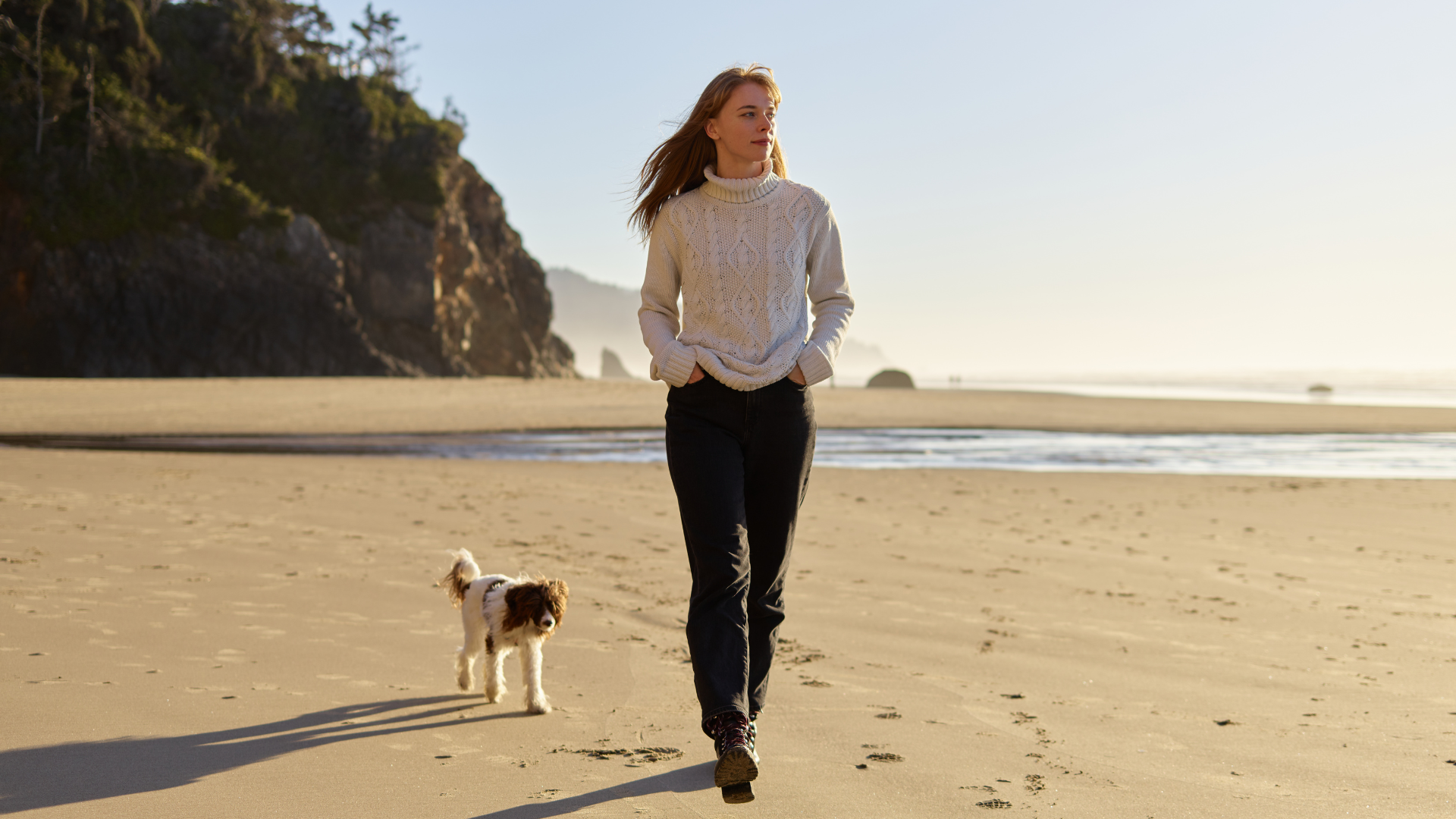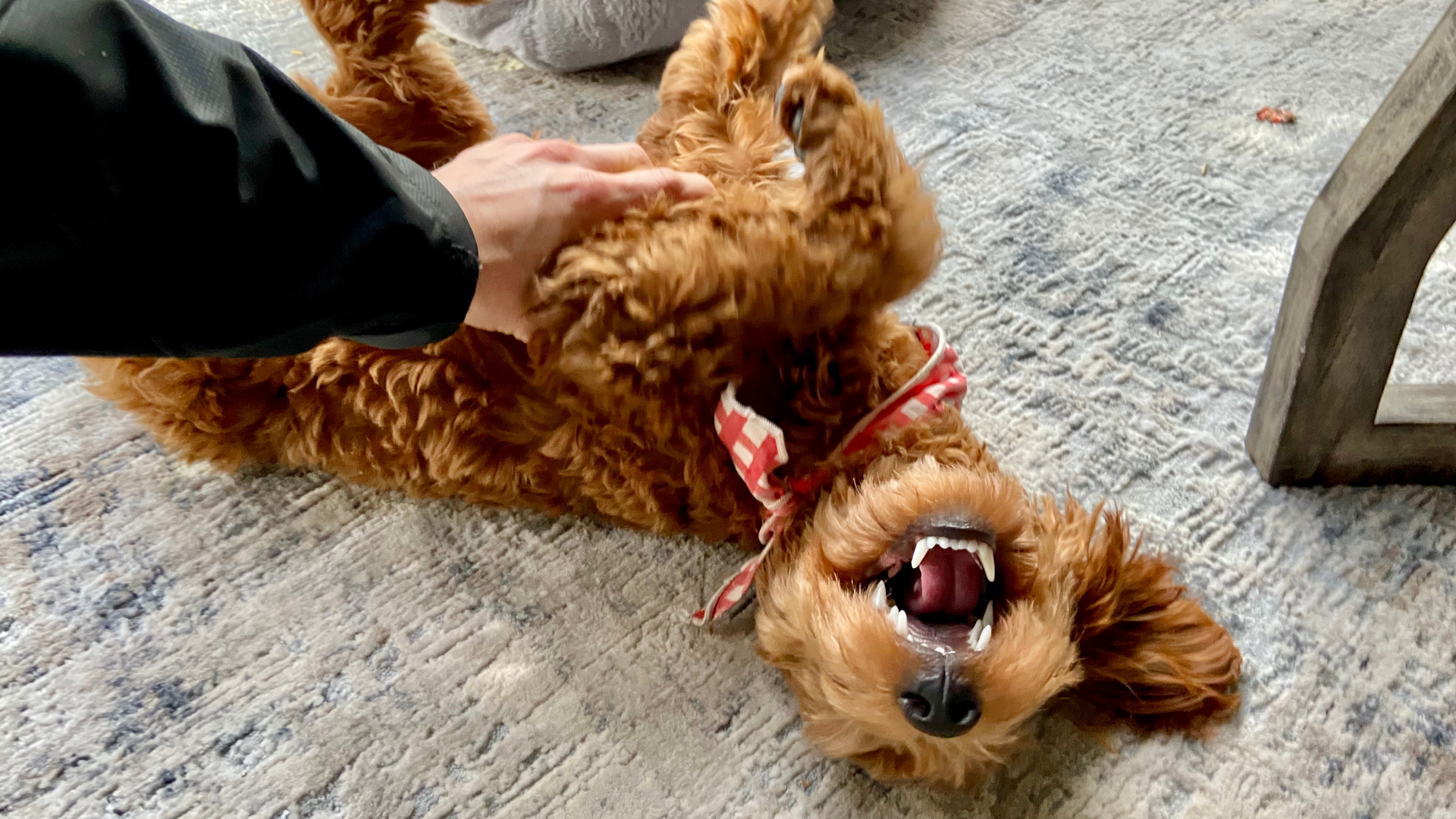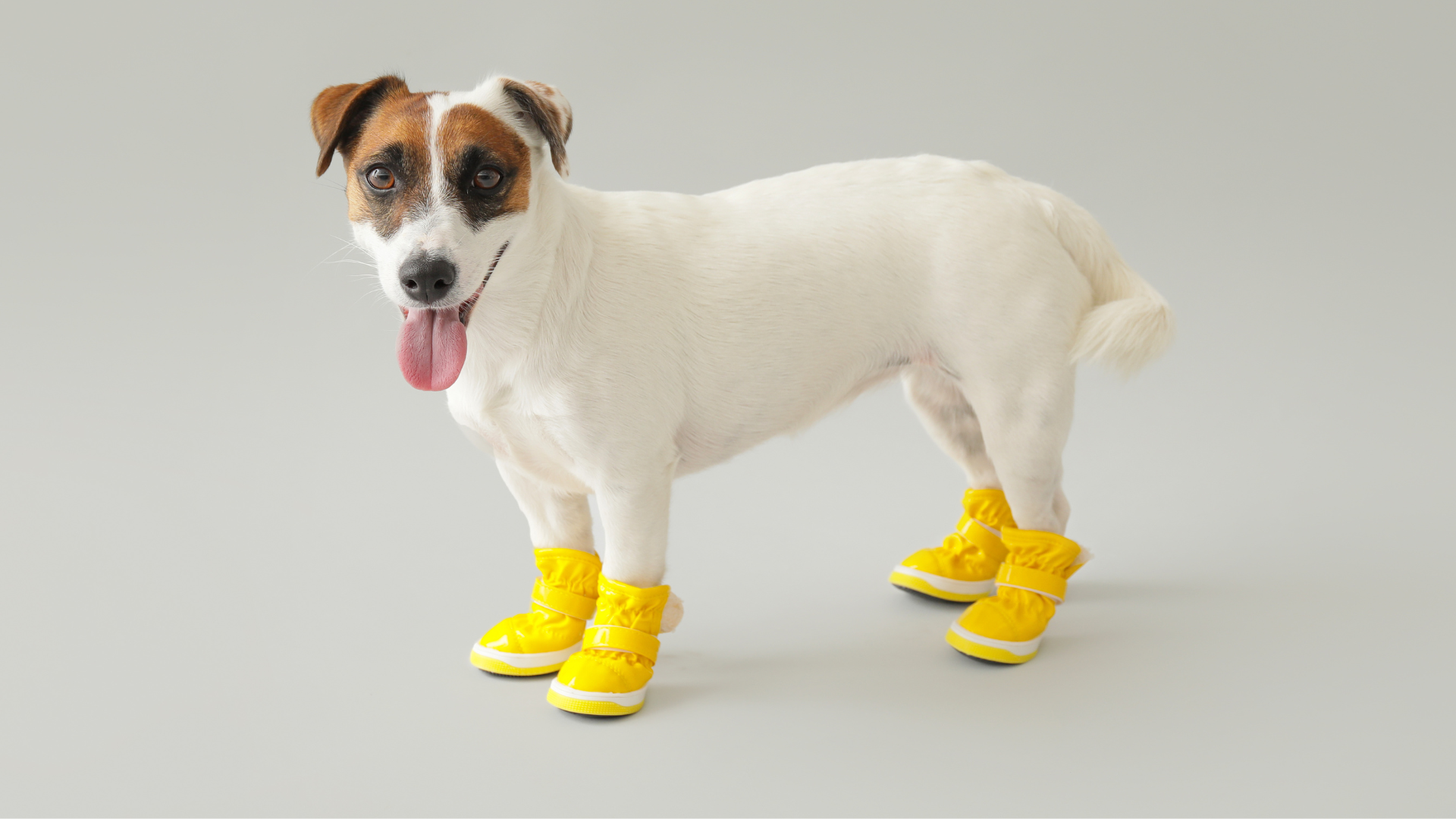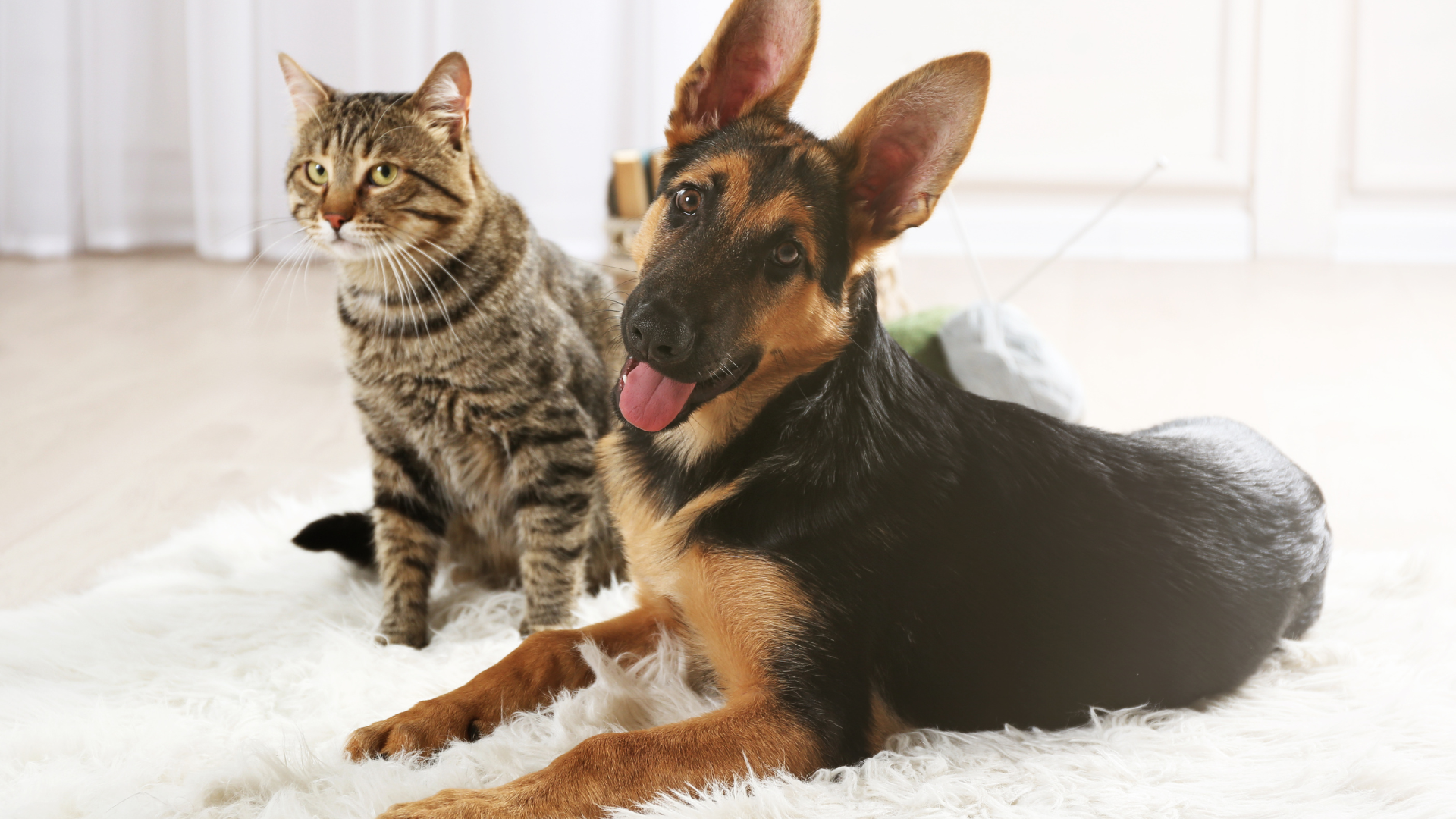If you’ve ever walked into your living room after your dog’s play session, you know the sight: toys scattered across the floor, squeakers under the couch, and plush animals tossed around like confetti. While this mess might feel like part of life with a dog, what if your pup could actually help tidy up? Teaching your dog to “clean up” their toys is not only possible but also an incredibly rewarding skill that strengthens your bond and keeps your home organized.
This trick goes beyond cleanliness—it challenges your dog’s brain, gives them a sense of purpose, and makes daily life easier for you. Just as you work to keep your home fresh and inviting with eco-friendly products from Good Natured Brand, training your pup to contribute to a tidy environment can transform playtime into teamwork.
Why Teach Your Dog to Clean Up Their Toys
Teaching your dog to put away toys has practical, emotional, and behavioral benefits:
-
A cleaner home: No more stepping on squeaky toys in the middle of the night. Keeping floors free of clutter is easier when your dog lends a paw—and pairing this with Carpet Deodorizers helps keep play areas fresh.
-
Mental stimulation: Dogs need more than physical exercise. Learning commands like “clean up” challenges their brain and prevents boredom.
-
Structured routines: Training dogs to clean up builds consistency, which reduces stress and fosters better behavior overall.
-
Bonding opportunity: Working together on this trick strengthens trust and communication between you and your dog.
In essence, teaching toy cleanup helps create a calmer, more organized environment where both you and your pet thrive.
The Science of Training Dogs to Clean Up Their Toys
At the heart of toy cleanup training is operant conditioning, the same principle used in obedience training. Dogs learn to associate behaviors with outcomes—when they perform the desired action, they receive a reward.
The key elements include:
-
Positive reinforcement: Praising, treating, or playing with your dog when they complete a step correctly.
-
Repetition and consistency: Dogs learn best through short, repeated training sessions.
-
Clear cues: Using consistent verbal cues like “drop it” or “clean up” ensures your dog understands the task.
Over time, this method turns cleanup into an enjoyable and rewarding habit, much like sitting for treats or coming when called.
What You’ll Need Before Teaching Your Dog to Clean Up Toys
Before you begin training, it’s important to set your dog up for success with the right tools:
-
Toy basket or bin: This becomes the designated “home” for your dog’s toys. Choose one that’s sturdy and low enough for your dog to reach comfortably.
-
High-value treats or a clicker: These rewards motivate your dog to perform each step.
-
Toys to practice with: Start with your dog’s favorite items to keep them engaged.
-
Clean, safe training space: Reduce distractions and maintain a fresh, inviting environment with All-Purpose Cleaners for floors and surfaces.
By preparing these essentials, you create an environment that promotes learning and ensures the training process is fun and effective.
Step-by-Step Guide: How to Teach Your Dog to Clean Up Their Toys
Teaching your dog to put away toys can be broken down into manageable steps:
Step 1: Introduce the toy basket
Show your dog the basket where toys will go. Allow them to sniff and interact with it so they view it as a familiar object, not something strange.
Step 2: Teach or reinforce “drop it”
Your dog needs to know how to release a toy on command. Practice this by handing them a toy and saying “drop it,” then rewarding them when they release.
Step 3: Guide toys into the basket
Once your dog understands “drop it,” position them near the basket. Encourage them to release the toy over the opening, and immediately reward when it lands inside.
Step 4: Add the “clean up” cue
Once your dog consistently drops toys in the basket, introduce the command “clean up” to label the behavior. Keep rewards flowing to reinforce the connection.
Step 5: Practice in short, fun sessions
Dogs learn best in 5–10 minute sessions. End on a positive note, even if progress is small.
Step 6: Generalize the behavior
Practice in different rooms and with different toys so your dog learns that “clean up” applies in any context, not just the initial training spot.
Common Mistakes When Teaching Dogs to Clean Up Toys
Like any training, toy cleanup can be derailed by a few common mistakes:
-
Expecting too much too soon: Dogs need gradual progression. Don’t expect a perfect cleanup after one session.
-
Inconsistent cues: Switching between “put away” and “clean up” can confuse your dog. Stick with one phrase.
-
Overlong training: Sessions that drag on can frustrate your dog and reduce motivation.
-
Ignoring environment: A messy or smelly play area can distract your dog. Keep spaces fresh with Laundry Powders for toys and blankets, and Carpet Deodorizers for play zones.
Avoiding these pitfalls ensures training remains positive and effective.
How Long Does It Take to Teach a Dog to Clean Up Toys?
Every dog learns at a different pace, but most can begin to grasp the basics within a few weeks.
-
Puppies: Often eager learners but with short attention spans. Break training into bite-sized sessions.
-
Adult dogs: May learn quickly, especially if they already know commands like “drop it.”
-
Senior dogs: Might take longer but benefit greatly from the mental stimulation.
Patience is key. Celebrate small wins along the way, and remember that consistency matters more than speed.
How Cleaning Up Toys Strengthens the Human-Dog Bond
Training your dog to clean up their toys isn’t just about maintaining a neat home—it’s also about building a stronger relationship with your furry friend. Dogs thrive when they have a job to do, and teaching them this skill gives them purpose and structure.
When your dog learns to follow your cues, they feel more connected to you as their leader. You’re not just teaching a trick; you’re creating a shared routine that reinforces trust and communication. This teamwork can carry over into other aspects of life, making your dog more responsive to training and more eager to please.
How to Make Cleaning Up Toys a Fun Game
Dogs learn best when training is playful and enjoyable. Turning cleanup into a game ensures that your pup will look forward to the task rather than resist it.
-
Use enthusiastic praise: Clap, cheer, or celebrate each successful toy pickup.
-
Incorporate play breaks: Allow your dog to enjoy a quick tug or fetch game during cleanup to keep them engaged.
-
Rotate toys: Introduce new or hidden toys during training sessions to make the game more exciting.
When cleanup is framed as fun, your dog won’t see it as a chore—they’ll view it as another opportunity to play with you.
Using “Clean Up” as Part of Daily Routines
Like any training command, consistency is key. The “clean up” cue works best when it becomes part of your dog’s everyday schedule.
-
After playtime: End each play session by asking your dog to put their toys away.
-
Before bedtime: A short cleanup session helps signal the transition into calm, restful behavior.
-
Weekend resets: Pair your own cleaning routine with your dog’s toy cleanup. Freshen your space with Carpet Deodorizers while your dog helps tidy their basket.
When integrated into regular routines, the cleanup command becomes second nature for your dog, and your home stays organized effortlessly.
Troubleshooting: When Dogs Refuse to Clean Up Their Toys
Sometimes dogs lose interest or resist training, but this doesn’t mean cleanup can’t be taught. Common challenges include:
-
Lack of motivation: Try using higher-value treats or play as rewards.
-
Confusion: Break the task into smaller steps—first teaching “drop it” consistently, then moving to basket placement.
-
Distractions: Train in a quiet, clean environment. Refreshing the space with All-Purpose Cleaners can help reduce distracting smells or lingering messes.
Patience is essential. Remember that setbacks are part of the learning process, and every small success deserves recognition.
How Teaching Dogs to Clean Up Reduces Household Stress
A cluttered environment can feel overwhelming for both humans and pets. When toys are strewn around the house, it adds to the daily workload of cleaning and organizing. Teaching your dog to take part in this routine eases your burden and reduces stress.
Additionally, a clean home environment supports your dog’s well-being. Dogs are sensitive to smells and textures—keeping blankets fresh with Laundry Powders and floors odor-free with Carpet Deodorizers ensures that your dog feels comfortable in their space. A calmer environment leads to calmer behavior, which benefits everyone in the household.
The Mental and Physical Benefits of Teaching Dogs to Clean Up Toys
Cleanup training does more than keep your home tidy—it’s also enriching for your dog.
-
Mental stimulation: Learning commands and solving tasks challenges your dog’s brain, preventing boredom.
-
Physical activity: Picking up toys, carrying them, and moving between spaces provides light exercise.
-
Confidence building: Successfully completing tasks boosts your dog’s confidence and reduces anxiety.
This combination of mental and physical benefits makes cleanup training one of the most practical and rewarding tricks you can teach your dog.
Expanding Training Beyond Toy Cleanup
Once your dog has mastered putting toys away, you can expand their training into helpful household routines:
-
Fetching items: Teach your dog to bring specific objects like slippers or the TV remote.
-
Helping with laundry: Encourage them to carry small items or drop clothes in a basket, keeping fabrics clean with Laundry Powders.
-
Putting away blankets: Dogs can be trained to tug blankets into a basket after cozying up.
These tasks add variety and fun while making your dog feel like a true member of the family team.
Frequently Asked Questions About Teaching Dogs to Clean Up Toys
Can all breeds learn to clean up toys?
Yes. Some breeds may learn faster due to their working-dog background, but with patience, any dog can learn.
What if my dog plays with the toy instead of cleaning it up?
Redirect with a cue and reward only when the toy is dropped in the basket. Over time, they’ll understand the desired action.
Do I need a special basket for training?
Not necessarily. Any sturdy bin that’s accessible to your dog will work. Just make sure it’s safe and doesn’t tip easily.
How do I stop my dog from dumping the basket after cleaning up?
Reward only for placing toys inside, and gently redirect them when they try to pull toys out. Consistency is key.
Can I teach multiple dogs to clean up together?
Yes, but start individually before combining sessions. This prevents confusion and ensures each dog understands the command.
Conclusion
Teaching your dog to clean up their toys is more than a party trick—it’s a way to bring order, joy, and teamwork into your household. With patience, consistency, and positive reinforcement, your dog can master this skill and even expand into other helpful tasks.
Pairing this training with eco-friendly cleaning habits creates a home that feels fresh and stress-free. Keep your pet’s play areas inviting with Carpet Deodorizers, wash blankets and soft toys with Laundry Powders, and maintain safe surfaces with All-Purpose Cleaners.
For more tips on raising happy, healthy pets and maintaining a naturally clean home, visit the Good Natured Brand Blog or explore the Main Page for products that support both you and your furry friend.
